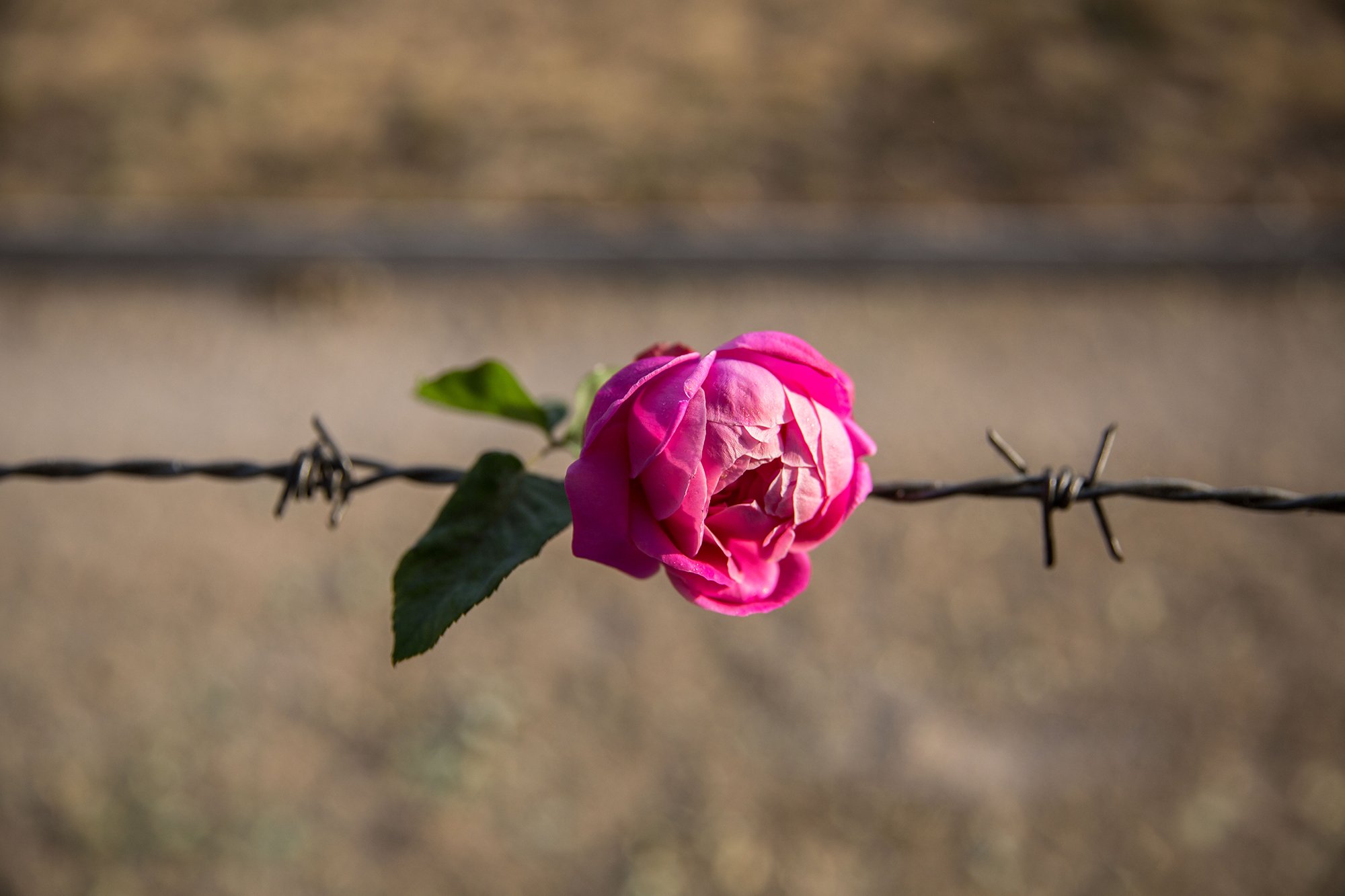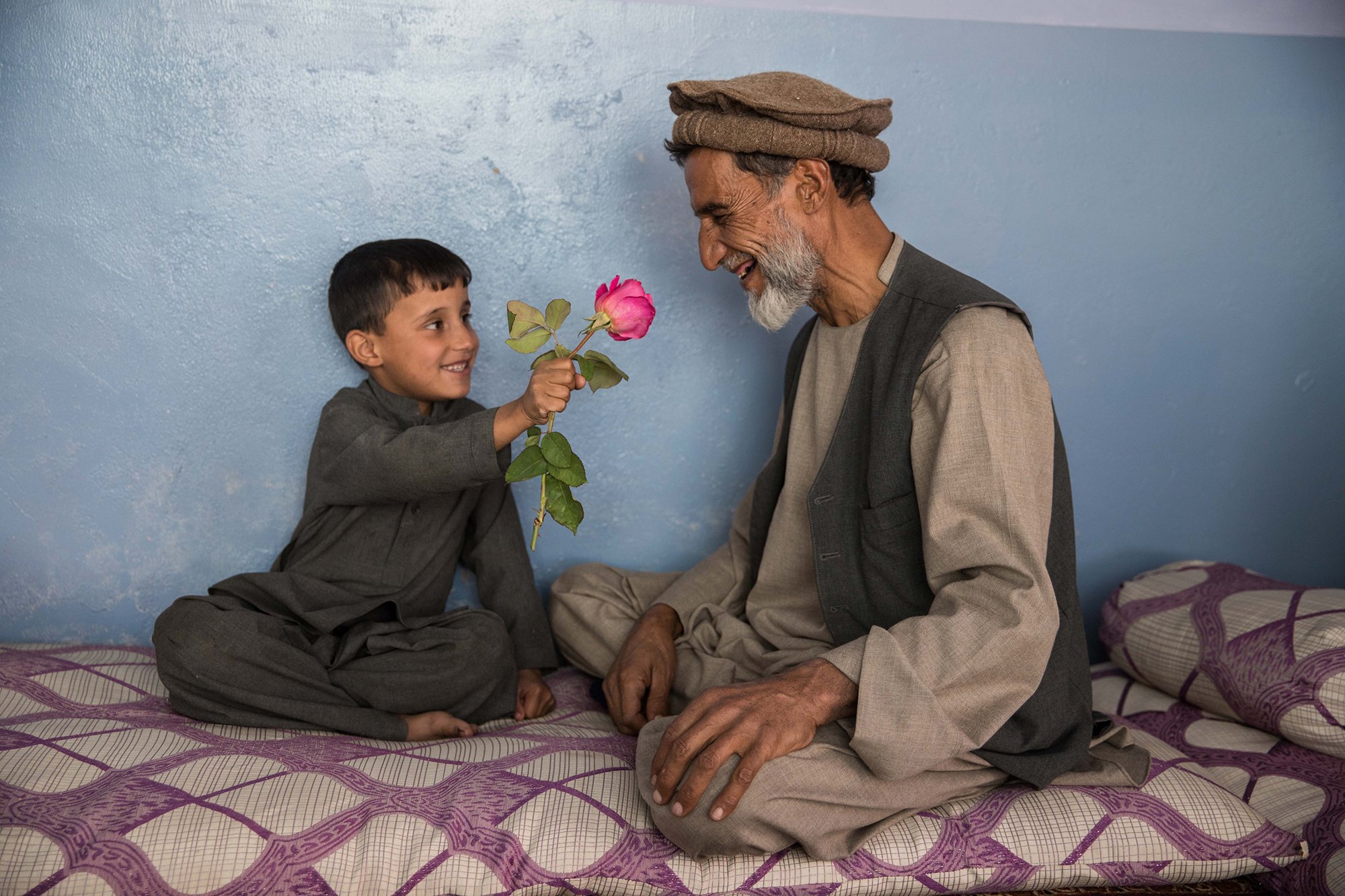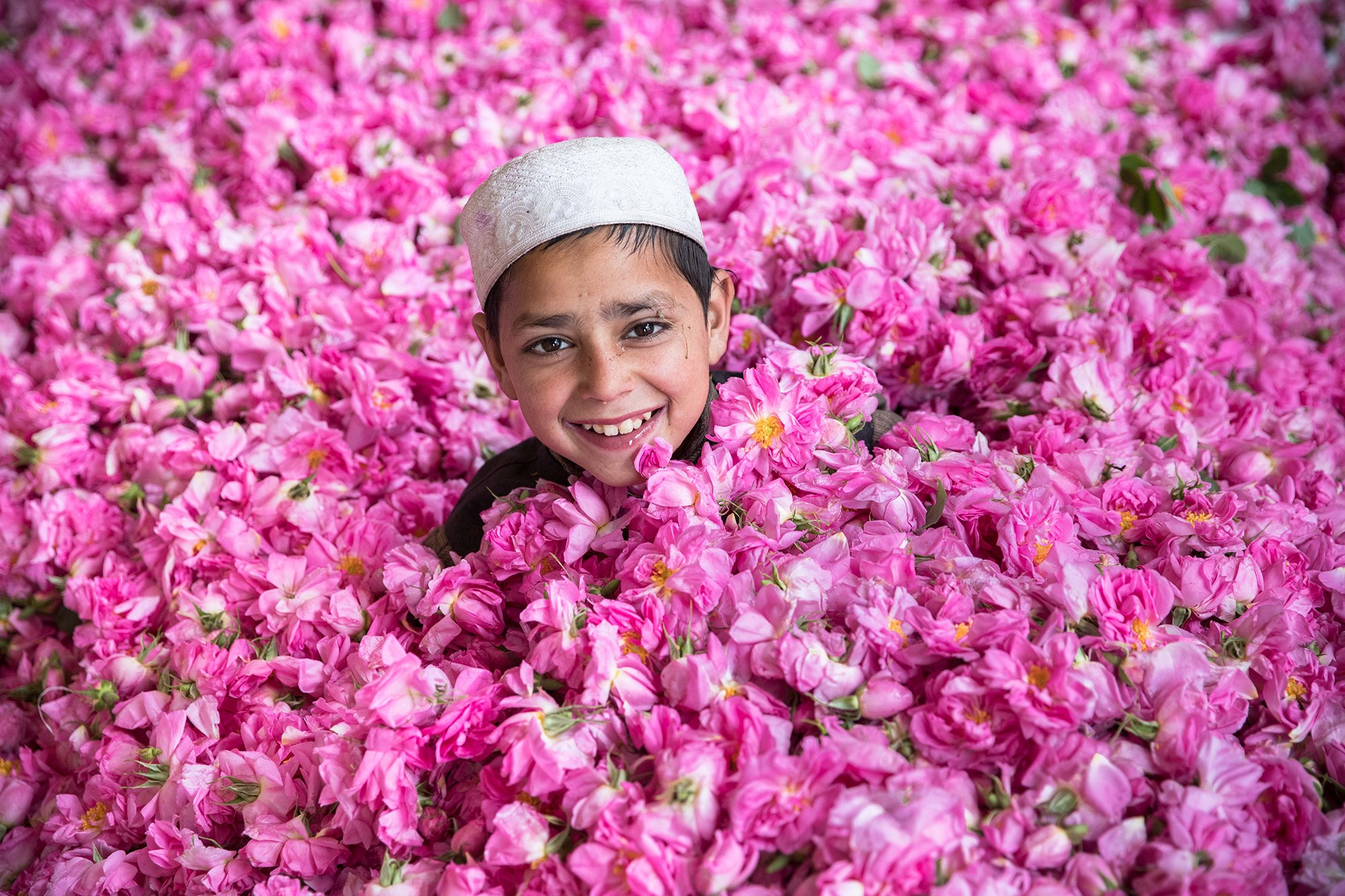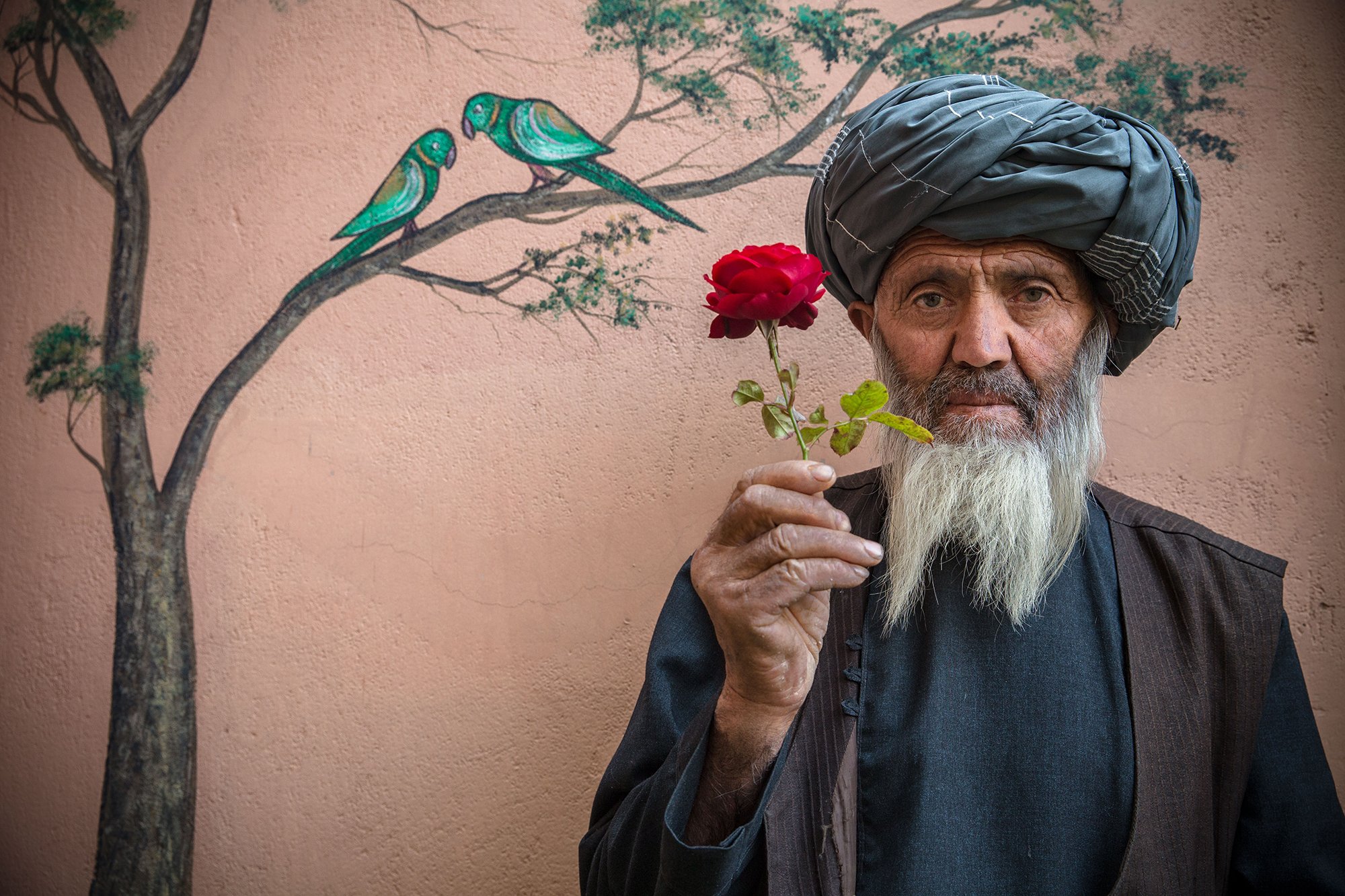Afghans & flowers
Oriane Zerah captures roses beyond the thorns in a war-torn country
In her photographic essay The flower project, Oriane Zerah, a photojournalist based in Kabul, shares her sense of beauty, placing it in the most unexpected of places, allowing a renewed understanding of Afghanistan and its people. The relationship between Afghanistan and flowers is decades old, with the country cultivating poppy, saffron and roses. In Afghani culture, red roses symbolise friendship while white means forgiveness. Ironically, flowers were nearly wiped out during the previous Taliban regime as gardens were left with no one to tend them to.
Read her conversation with Natasha Patidar here
Can you tell the readers a little about the Flower Project, what was the thought behind the series?
I chose to use flowers as a common thread in order to share a personal vision of this country (Afghanistan) torn by war for more than forty years. This vision is imbued with more than a decade of travels across the country, including more than 5 years living in Kabul. I am very attached to Afghanistan and wish to portray its people - especially its men - in a way that is rarely done.
The photographs paint a beautiful story about a war-torn country. What according to you do flowers symbolise about Afghanistan and Afghans?
I believe that the relationship to nature, and to beauty is essential in a place where violence and horror has been part of everyday life during the 40 years of war. The flower that represents life, however fleeting and fragile, is beauty within reach. Each Afghan house is decorated with flowers: in pots, planted in a garden, real or artificial. The financial situation or the size of a garden is never a barrier to planting flowers. Military checkpoints are often laden with colorful flowers, and soldiers like to decorate their uniforms or hats with freshly picked roses.
How do you choose the subjects of your photographs?
One aspect of my work focuses on the specific relationship between Afghans as individuals and flowers. It mainly includes portraits of men whom I asked to pose with flowers, either as part of their work or their daily occupation, or in a more personal setting: at home, in their garden, or in the streets. I then ask them to describe to me what the flowers meant to them. This aspect of the project allows me to show the privileged relationship that the Afghan people have with flowers.
In the West, due to its fragility and beauty, the flower is usually associated with the feminine, while the Afghan man is seen as a warrior, one of the major archetypes among male figures.
However, for this project, the Afghan men did not hesitate for a moment to pose in front of my lens, surrounded by flowers, a rose in their hand or with a gun. By playing off the ambivalence of war and beauty, I wish to reveal an unexpected aestheticism and a renewed look at masculinity that had previously been concealed under the pounding seal of violence.
The pictures you take portray a sliver of hope, flowers over guns. Do you think flowers have the power to win over conflict?
This relationship that Afghans have with flowers is deeply ingrained in the country's culture. Until today, flowers and weapons are not contradictory, as can be the case in Europe for example. Flowers and weapons go hand in hand. I can only hope that now that the war is over, guns will make more room for flowers. At the end I wish this project to be an enchanting pictorial excursion through the Afghan vista, and to show the very power of roses beyond their thorns.
Article - Natasha Patidar @natashapatidar
Pictures Oriane Zerah @oriane_zerah_photo

















